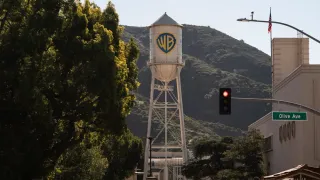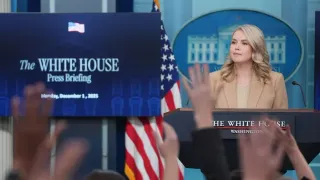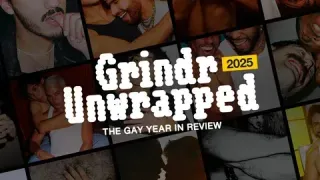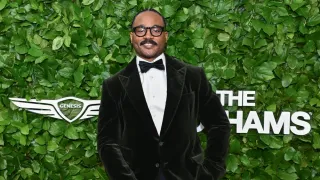November 8, 2018
Here's How Your Car Model and Make Affect Your Car Insurance
READ TIME: 2 MIN.
Car insurance premiums can be difficult to understand when you only have a cursory knowledge of car makes and models. While the kind of car you drive isn't the only factor, it can have a huge impact on the insurance payments you will need to make. We're going to walk you through the factors that can drastically change how much you pay for car insurance before your history as a claimant even enters the equation.
Car Value
It seems pretty obvious that the market value of your car will alter the insurance you need to pay. The main consideration when factoring the value of your car into your insurance premium is simply how much it will cost to repair or replace your car in the event of an accident. Generally speaking, the more expensive your car is, the more you can expect to pay for insurance.
So before you go splurging on that amazing, but incredibly expensive dream car you should consider whether you can also afford the long term costs associated with such cars. Another factor in determining repair and replacement costs is how your car is powered. An electric car will cost more to replace than a standard gasoline engine.
Model
Insurance companies collect a lot of data about payouts, including what models of car are likely to get in a lot of accidents. A car that is viewed as a family car might statistically be less likely to be involved in an accident, whereas cars that are more likely to be owned by risk takers would be considered to be a liability. Essentially, the insurance company will be making an educated guess as to which model of car is more likely to get in an accident based on previous experience with that model.
The exact formula that is used by each insurance company to calculate risk and expense in each individual case are typically proprietary and not available for perusal by public consumers. Luckily, you can test different models with this insurance tool to get a better idea of what kind of payments you could be facing.
Car Age
Older cars can attract a higher premium. This might seem counterintuitive, but it's important to remember that the insurance company is playing an odds game and it might be more expensive to get an older car fixed, or it may be more likely to incur severe damage in an accident. It does not, however, follow that a newer car means a lower insurance premium. The number of variables being taken into consideration when weighing up the risk of insuring an old car is manifold and the emphasis placed on this will vary between insurance companies.
Car insurance and the way that it is calculated can seem like a bit of an enigma, and the process is definitely not transparent, but with a little research and investigation, you can manage your expectations. You can avoid bill shock by using estimators and getting quotes before you purchase a car, allowing you to weigh up whether you will be able to afford the insurance costs long term, not just the initial cost or purchasing and servicing the vehicle.






